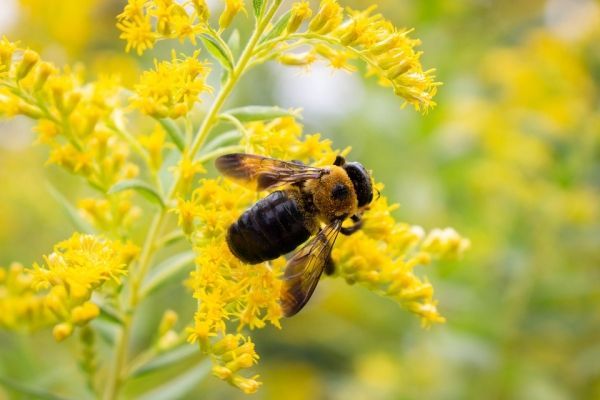Given the pressures that pollinators face in agricultural land, cities could play an important role in conserving pollinators, according to a new study. The research, carried out by scientists at the Universities of Bristol, Edinburgh, Leeds and Reading in collaboration with Cardiff University and the National Socio-Environmental Synthesis Center (SESYNC), has revealed that gardens and allotments are good for pollinators, and lavender and borage are important garden plants that pollinators use as food sources.
The study, published today [Monday 14 January] in Nature Ecology and Evolution, has assessed all major urban land uses for pollinators. While there have been a few small-scale studies on pollinators in some urban land uses, this is the first-time scientists have considered cities in their entirety.
The research found that residential gardens and allotments (community gardens) are particularly good for pollinators, and lavender, borage, dandelions, thistles, brambles and buttercups are important plant species for pollinators in urban areas.
The team also designed a new measure of management success, based on community robustness, that considers the stability of whole communities of pollinators, and not just individual species. Robustness is a measure of how a community responds to species loss; robust communities can survive the disappearance of some species but species loss in fragile communities leads to a domino effect of other extinctions.
Read more at University of Bristol
Photo Credit: Sargee via Pixabay


